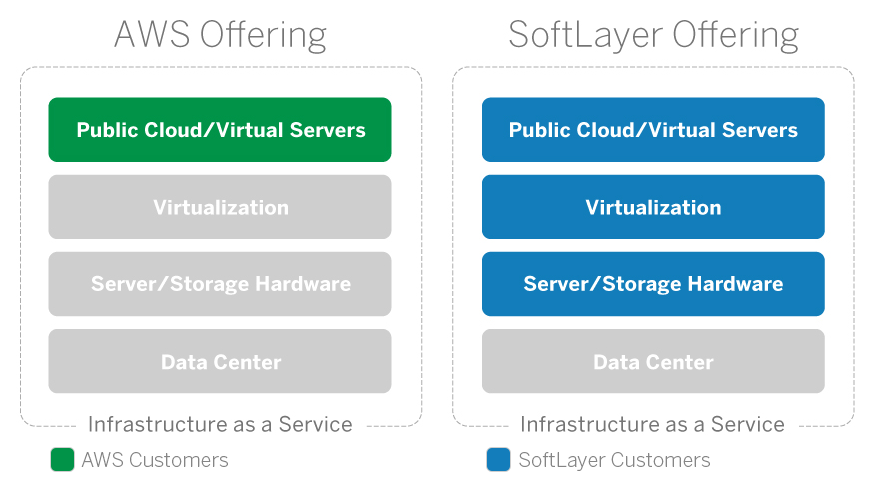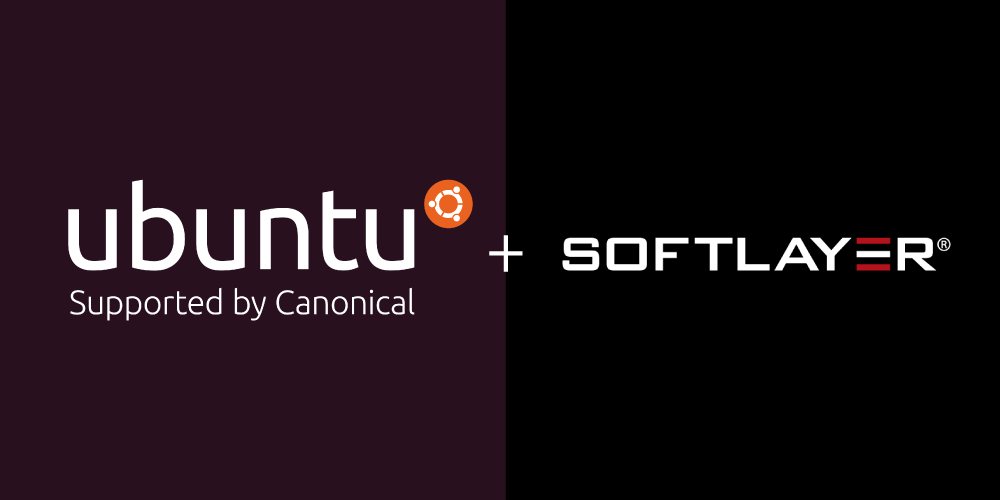Koding is excited to partner with SoftLayer on its upcoming Global Virtual Hackathon, happening December 12–13, 2015. The event builds on last year’s Hackathon, where more than 60,000 developers participated from all over the world. The winners took home over $35,000 in prizes! This year, we’ve upped the ante to make the event even larger than the last time: the winner will take home a $100,000 grand prize.
“We are working with Koding for this virtual hackathon as part of our commitment to promote open source technology and support the talented community of developers who are dispersed all over the globe,” said Sandy Carter, general manager of Cloud Ecosystem and Developers at IBM. “Cloud-based open source development platforms like Koding make it easier to get software projects started, and hackathons are a great place to show how these kinds of platforms make software development easier and more fun.”
Why a virtual hackathon?
Hackathons are awesome. They allow developers to solve problems in a very short amount of time. The challenge with traditional hackathons is that they require you to be physically present in a room. With more and more of our lives moving online, why be tied to a physical location to solve problems? Virtual hackathons allow talented individuals from all over the world to participate, collaborate, and showcase their skills, regardless of their physical location. Our Global Virtual Hackathon levels the playing field.
Who won last year?
Educational games, especially those that teach programming, were popular to build—and a few actually won! Want to see what the winners built? Click here to check out a fun yet effective game teaching students to program. Learn more about the team of developers and see their code here. Last year, nine winners across three categories took home a prize. To see a list of last year’s winners, see the blog post here.
Tips to be successful and win this year
Here’s some motivation for you: the grand prize is $100,000. (That’s seed capital for your startup idea!)
So how do you win? First and foremost, apply now! Then talk to some friends and maybe even team up. You can also use Koding to find teammates once you’re accepted. Teammates aren’t a requirement but can definitely make for a fun experience and improve your chances of making something amazing.
Once you’re in, get excited! And be sure to start thinking about what you want to build around this year’s themes.
Source: http://blog.softlayer.com/2015/softlayer-and-koding-join-forces-power-global-virtual-hackathon






